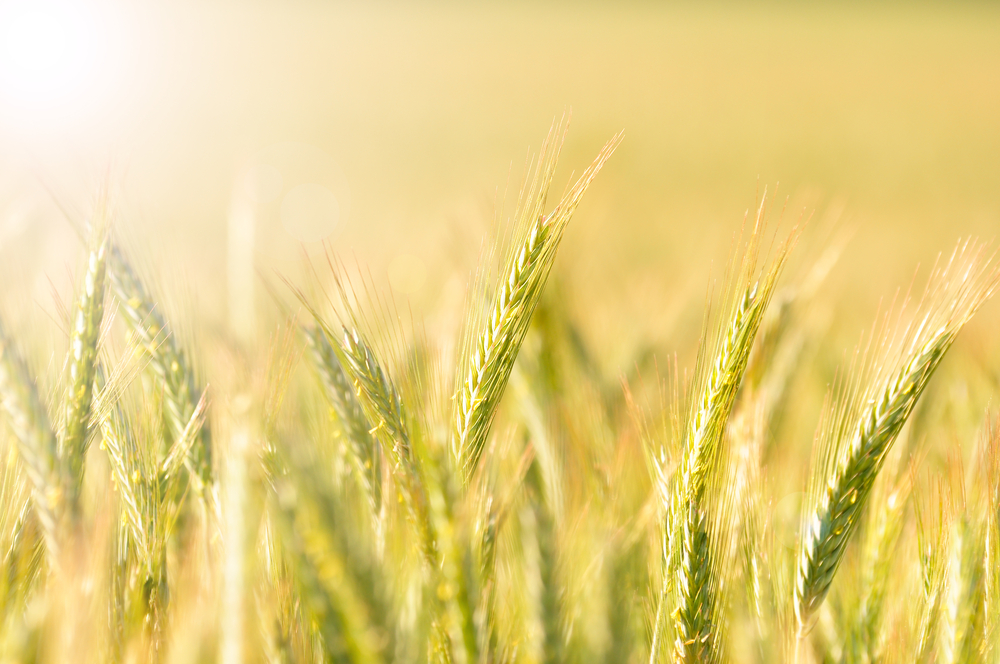Spring Planting!

Timing is everything. Cliché, but oh so very true in farming. The hardest part, though, is knowing just when that perfect time is. I could have planted some of my spring barley in the last week of March. Soil conditions were decent, not too wet, a little cold, but not bad. Early planting of Spring crops generally gives them a longer growing season to produce a bigger crop, but many times, the earliest seeding does not result in the best crop. Sometimes, early seeding means that you seed the same field again later.
So, when, exactly is the right time? Do you go for it and plant in March, taking the risk that April will turn cold and wet, leaving those poor little embryonic plants to struggle for a month just to poke their first leaf out of the ground? Do you wait, and take the chance that your next opportunity for plantable soil conditions won’t happen till May, only to be followed by a hot dry June that sucks the life out of your crop before it ever has a chance to thrive?
I recall one Spring, a neighbor seeded his spring wheat almost ten days ahead of me. A second neighbor was five days after me and we all seeded the same variety of soft white spring wheat, a WSU developed variety called Louise. At harvest time, there was a 20 bushel difference in yield from earliest to latest, and none of the overall yields were good. Spring wheat was not a moneymaker that year. There is at least one long range weather forecast out there this year that is calling for a cold, wet spring, followed by a suddenly hot and very dry summer and fall. If that forecast turns out to be correct, I may have missed the best opportunity for a good crop by not planting before this last storm system. If not, I may have improved my yield by waiting. There are lots of guesses, but no one knows, when the best time to plant is. We will only know when the best time was, after harvest.
With luck, or the Grace of God, whichever you choose to name it, the weather will allow me to get started seeding in the first days of April. If not, as an old farmer once explained to me, ”it will get done when it gets done, and we will take whatever we get.” In any case, as I do my spring fieldwork, I will try to keep in mind how fortunate I am to be farming in the Palouse. To the West of me, in the center part of the state, there was a lot of winter wheat that had no insulating snow cover when cold temperatures hit, and the wheat seeded last fall did not survive. Many Washington wheat farmers have already re-seeded their winter wheat with spring wheat. They had to reseed, knowing that they will have much less yield potential and higher expenses than when they started preparing for this crop last summer.
